Tensions rise as Estonia looks to remove Soviet tank memorial close to Russia border
A replica tank is causing tensions in a European country which Putin’s cronies are exploiting talking darkly of “war”.
You would have thought Russia had enough on its plate right now what with its grinding invasion of Ukraine.
But Vladimir Putin’s Kremlin has still found time to get riled up about the fate of a fake metal tank erected in the 1970s residing in a neighbouring nation.
And while a spat over the removal of an old replica tank over the border in Estonia might seem trivial, there are real fears anger over the Soviet-era monument could lead to violence.
It may even give Moscow a convenient excuse to suggest Estonia is subjugating the Baltic nation’s Russian-speaking minority.
After all, it’s used just such excuses to justify invading Ukraine’s Crimea region and backing separatist rebels in the Donbas.
A spokesman for Putin said last week that taking away of the tank – the future of which will be decided on Monday – would be an “outrageous” decision and a “war against history”.
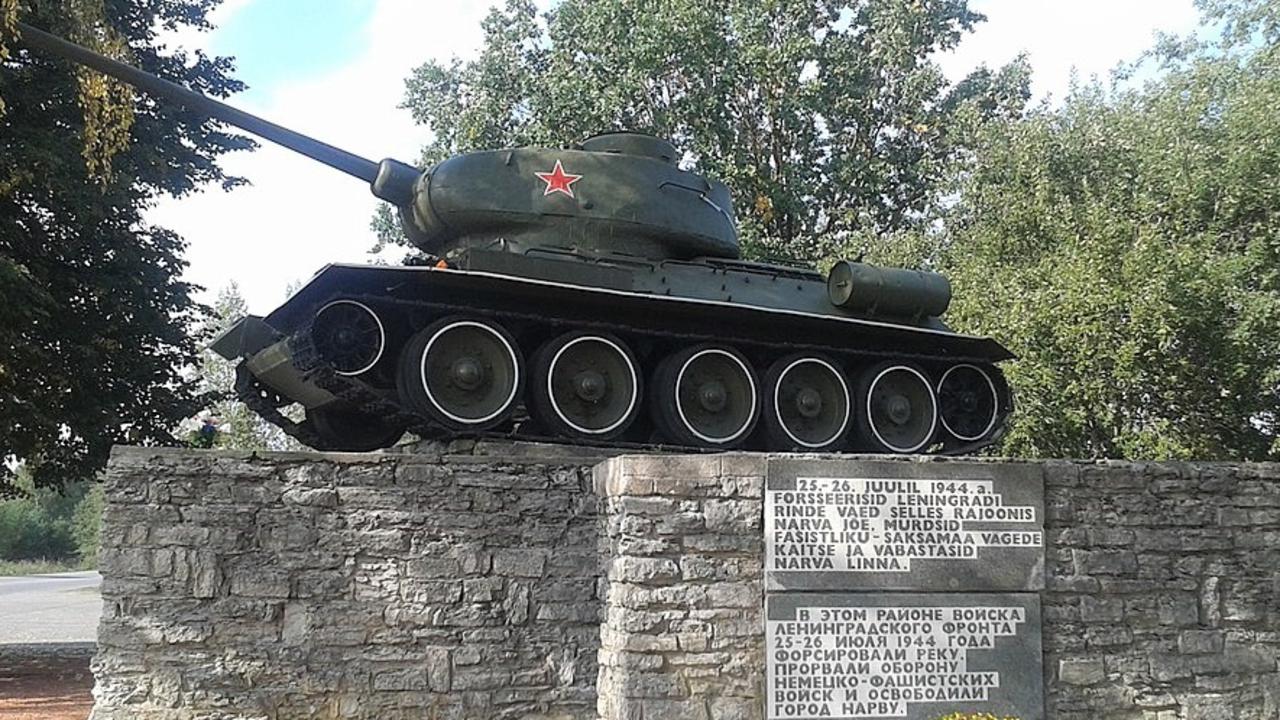
Tensions are high in Narva, near where the tank is located.
It only has a population of 60,000 but that still makes it the third largest city in Estonia, which has a total population of just 1.3 million people.
While the Estonian language – nothing like Russian and closer to Finnish – is in the majority in the rest of the nation, in Narva fully 96 per cent of residents speak Russian.
Fewer than half of the people of Narva are Estonian citizens; more than a third are Russian citizens.
All that divides Narva, the European Union and NATO from Russia is a small river, little wider than Melbourne’s Yarra. It’s closer to Russia’s second city of St Petersburg than Estonia’s capital of Tallinn.
As such, any moves to rid Narva of symbols of Russia or the Soviet Union is fraught.
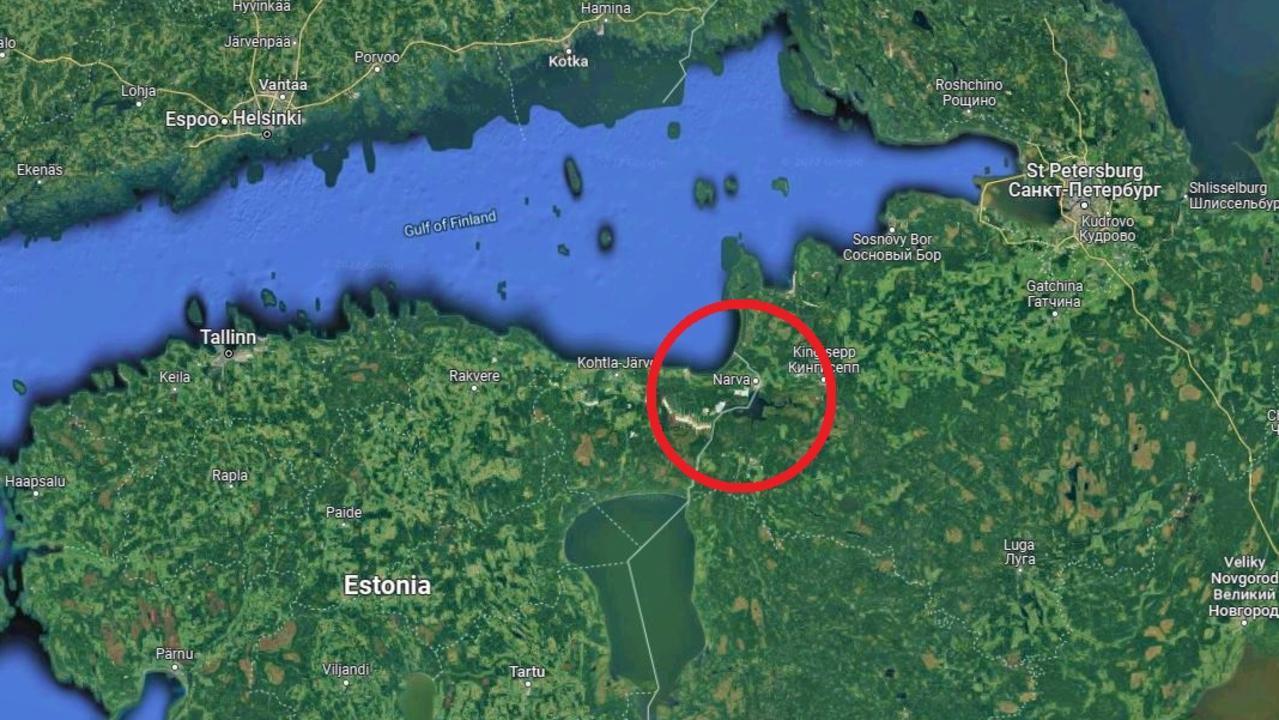
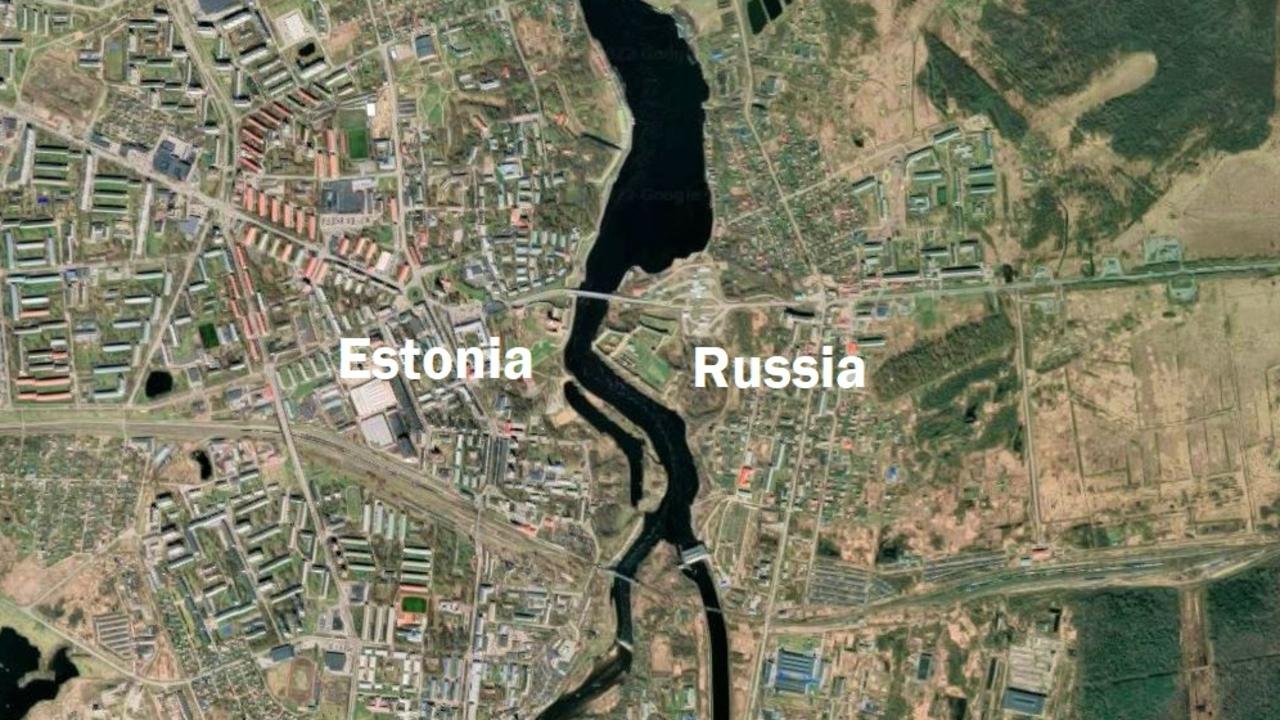
‘Communist monuments must be moved’
Between 1944 and the early 1990s, Estonia was part of the Soviet Union and ruled by Moscow following its forcible annexation.
In 1991, Estonia along with fellow Baltic States Latvia and Lithuania were the first Soviet republics to declare independence.
Since then the three have moved away from Moscow towards the West. They have all joined the EU, adopted the euro currency and are part of the NATO military alliance.
If Russia were to invade Estonia it would bring NATO troops into direct confrontation with Moscow’s soldiers.
In the last month, the Estonian Government in Tallinn has said that following Russia’s invasion of Ukraine it wants the remaining monuments glorifying the Soviet Union and its military banished from parks, squares and highways and moved elsewhere.
There could be as many as 400 such memorials to remove.
“The communist monuments must be moved from the public space and we will do it as quickly as possible,” said Prime Minister Kaja Kallas earlier this month, reported national broadcaster ERR.
These monuments have long ruffled feathers in Estonia. While the USSR liberated the country from the tyranny of Nazi Germany, Moscow then went and occupied the nation itself.
While Russia has insisted Estonia was glad to join the USSR in 1944, that’s not how most Estonians see their history.
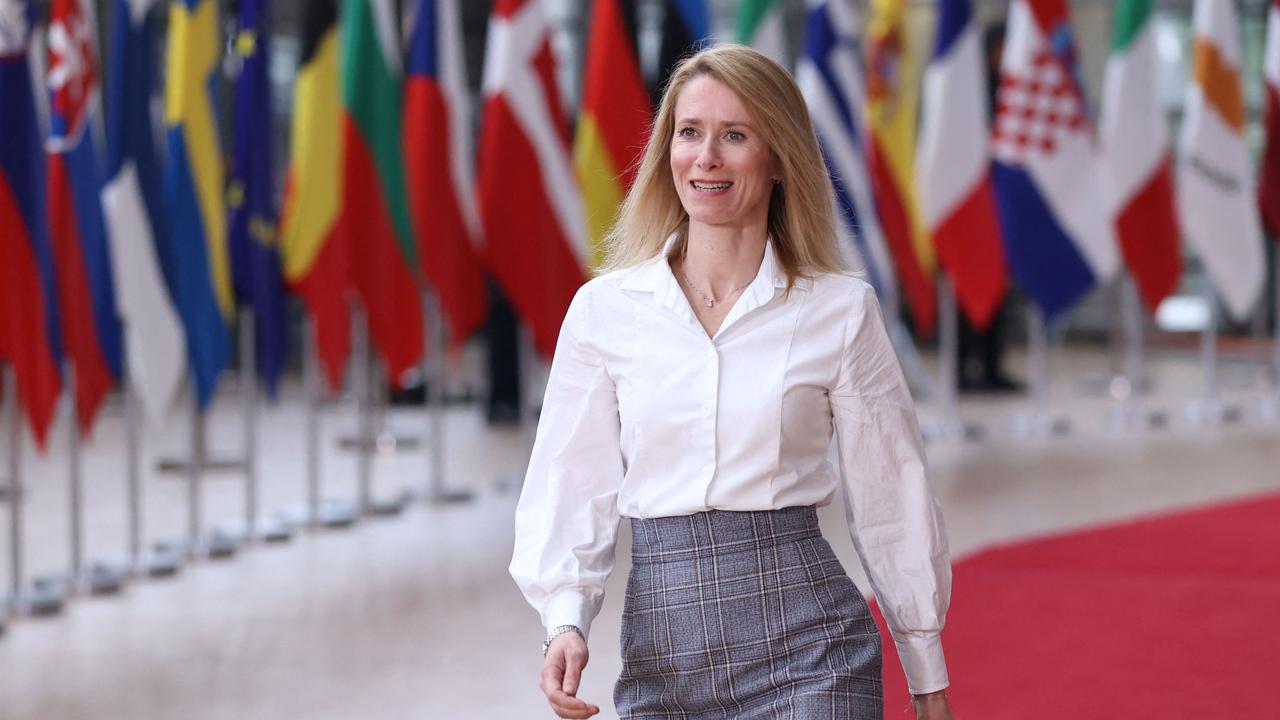
‘Tank is a murder weapon, not a memorial’
The mopst contentious of these monuments is the replica T-34 tank sporting red Soviet stars which sits upon a plinth a few kilometres north of Narva, its gun turret pointed towards Estonia’s interior.
It commemorates the Soviet soldiers who died freeing Estonia from Germany during World War II. But the plaque on the tank makes no mention that the Soviets then forcibly took control of the country killing 1750 Estonians in the process.
“A tank is a murder weapon, it is not a memorial object, and these same tanks are killing people on the streets of Ukraine right now,” PM Kallas said.
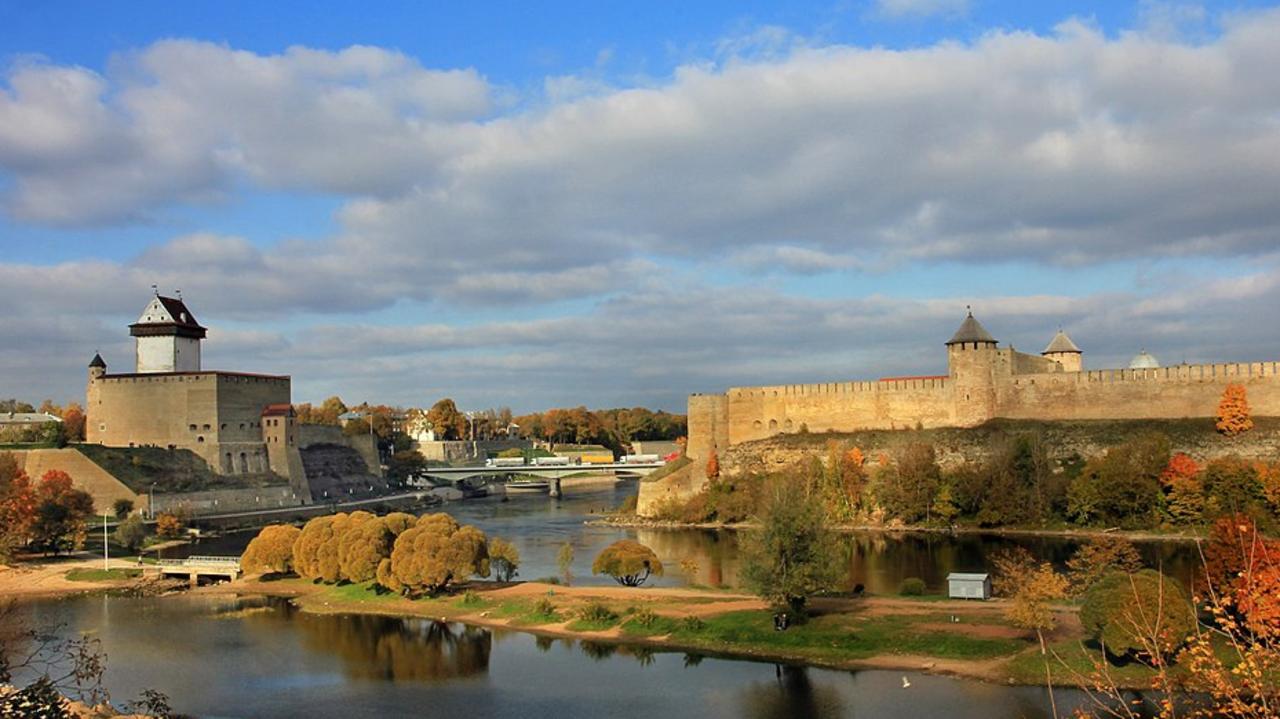
It’s put Narva’s mayor Katri Raik in a difficult position. Many residents have no issue with the tank and she had urged Tallinn not to “dictate” decisions about the monument.
But nonetheless, Ms Raik is resigned to the tank’s removal which the Government has said it will cart away and preserve elsewhere if the council won’t.
“The decision was very, very hard. It is far from being the right decision in the minds of all the people of Narva,” she told Estonian news program Ringvaade on Monday.
“We made our decision today because we do not want Estonia to be divided into two, ‘us and them’ – Narva, and then the rest of Estonia.”
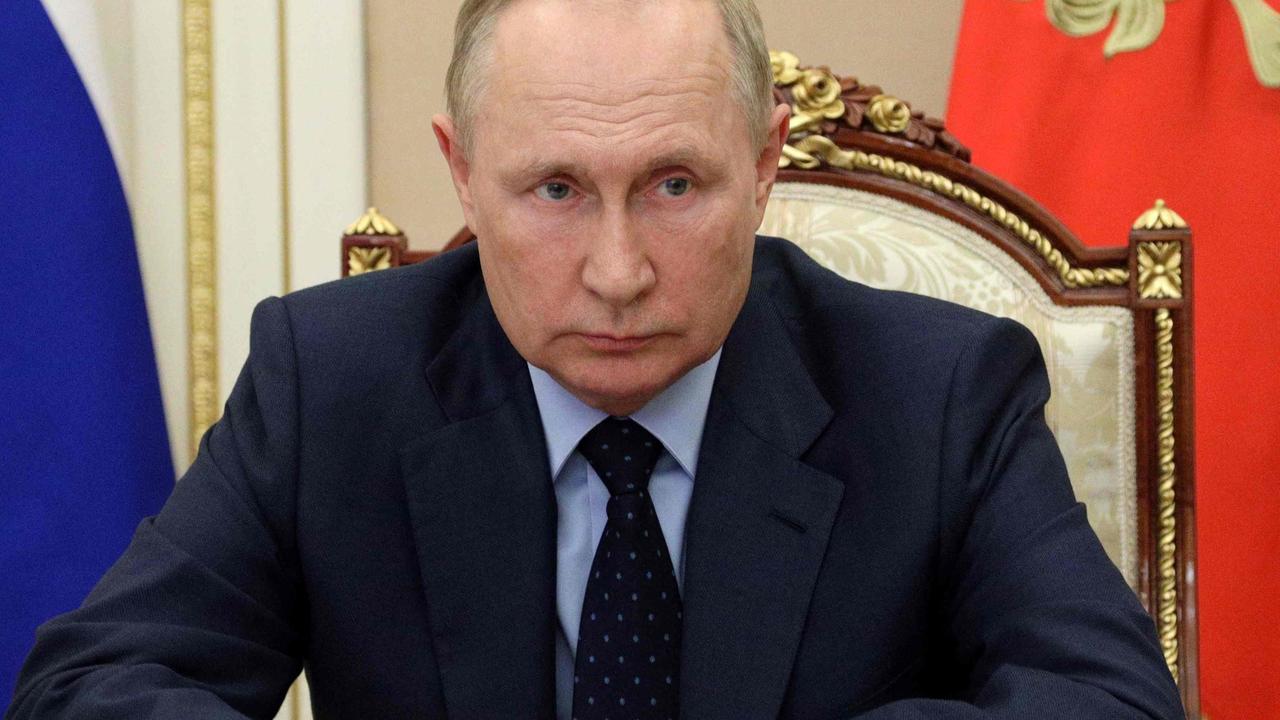
Moscow wades in
It’s a flashpoint that Moscow has been happy to exploit. Under Putin, the Kremlin has long used claims of Russian speakers being oppressed outside of Russia’s borders to justify harsh diplomatic or military measures.
And so it’s waded into the tank troubles.
“The war against history, moreover with a common history and the disposal of monuments for those who saved Europe from fascism, is of course outrageous,” Kremlin spokesman Dimity Peskov said last week of the tank’s proposed relocation.
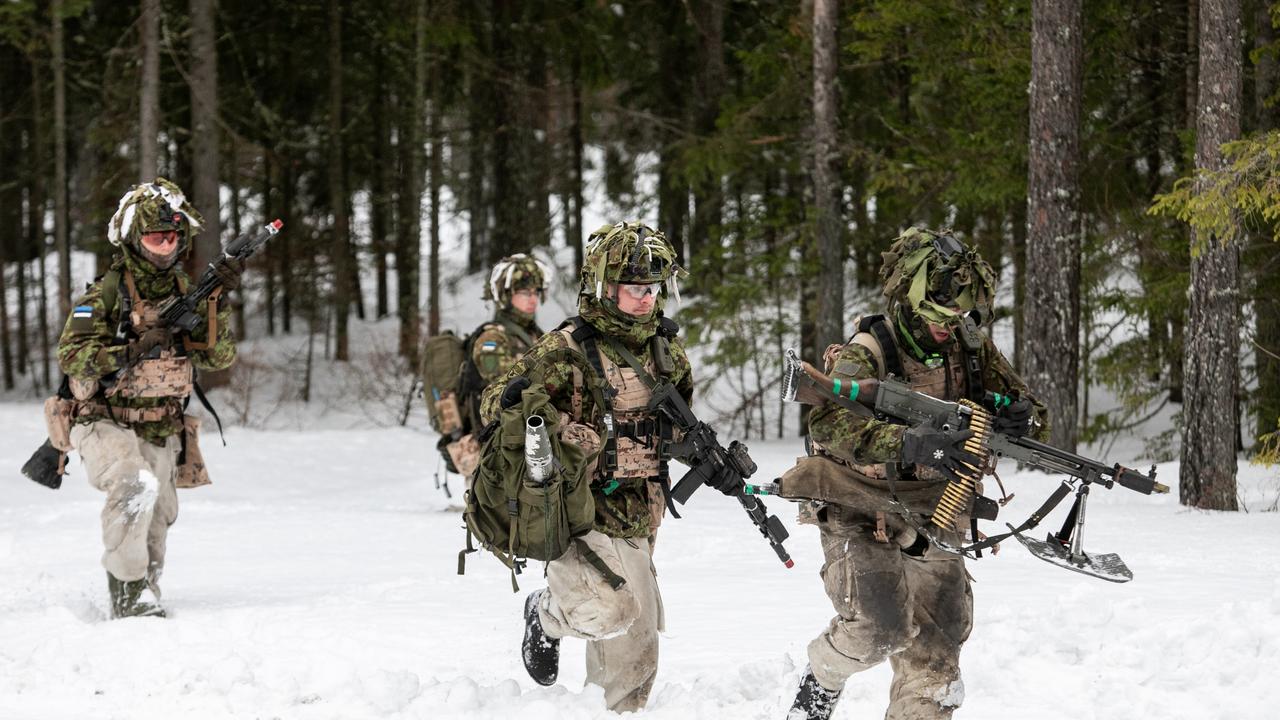
Putin himself mentioned Narva in June when talking to young entrepreneurs in Moscow.
He defended Peter the Great who took Narva for Moscow in 1704. But it wasn’t an “invasion” said Putin. Far from it, it was rightfully Russian all along, he added.
“Why did he go to Narva? He took back and secured it – that’s what he did.
“We, too, must take back and secure,” Putin said, referring to his view of bringing large tracts of land outside of Russia under Moscow’s control.
Yet Russia’s stoking of emotions in Narva isn’t entirely going to plan. Tallinn has reported an uplift in the number of Narva residents applying for Estonian citizenship since the invasion kicked off.

Fears violence could kick off
The city council will decide on Monday what to do with tank T-34. Most likely it will find a home in a World War II museum.
But there are worries its removal could cause unrest. In 2007, the relocation of the so-called “Bronze Statue of Tallinn,” a Soviet war memorial, from a city park led to days of rioting.
One person died and more than 1000 arrests were made with Russian Estonians claiming the removal erased their history. It was later re-erected in a military cemetery.
Last week, hundreds of locals congregated around the tank amid rumours its removal was imminent. Many more are expected when the tank is finally relocated.
But for the Estonian Government that’s precisely why T-34 needs to go sooner rather than later. Leave it in place and emotions will only rise further.
“Recalling the Bronze Soldier saga, the conflict had been allowed to grow ripe for a year,” Estonian foreign minister Urmas Reinsalu told ERR.
“Since the government did not make a decision, thousands of people gathered there.”
Tallinn has said it wants the tank to have a new home, and it wants that to happen by the end of the month.
Russia may be busy in Ukraine. But you can bet it will be looking on, likely eager to see if it can capitalise of the tank trauma on its doorstep.






